Van Cleef & Arpels Has Created a Diamond-Flecked Fantasy Garden in Paris
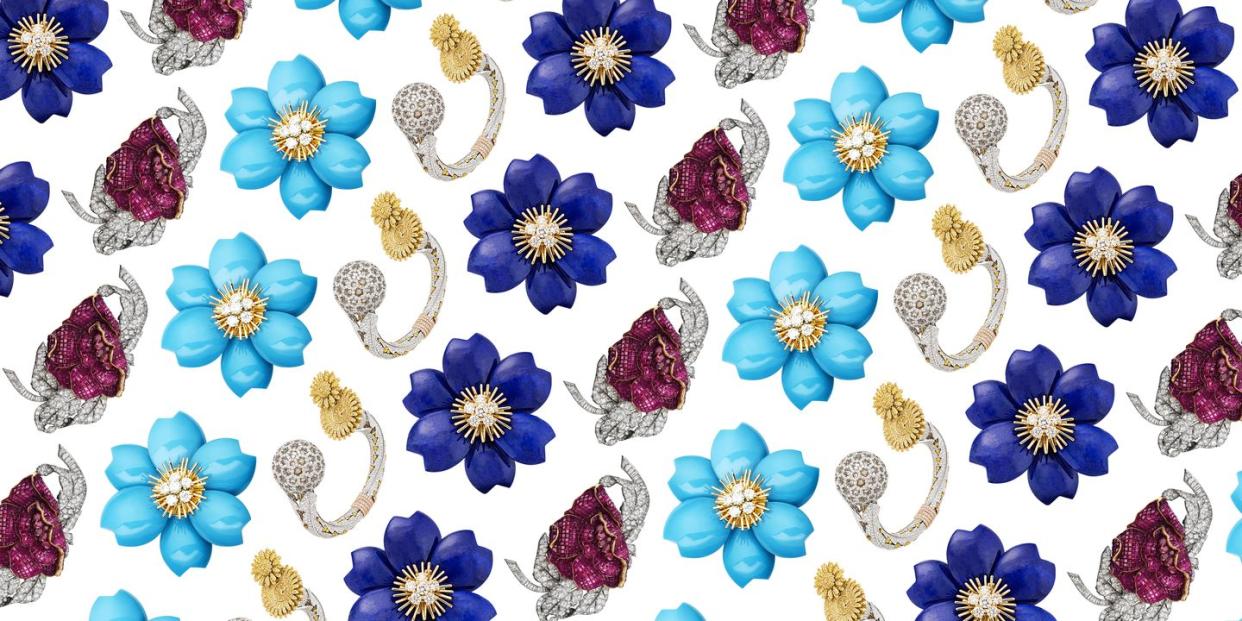
- Oops!Something went wrong.Please try again later.
"Hearst Magazines and Yahoo may earn commission or revenue on some items through the links below."
“Jewelry is a fantastic form of decorative art and has had a dialogue with other art forms throughout history, but it suffers somehow from being less understood,” says Nicolas Bos, president and CEO of Van Cleef & Arpels. It won't be so for much longer: the storied maison is on a mission to change this perception with a fantastical new exhibition in Paris that will transport you to a dreamlike, diamond- and gem-flecked garden.
Entitled Florae—and on view at the Hôtel d’Evreux on Place Vendôme through November 14—the show features more than 100 of Van Cleef & Arpels' blooming jewels floating in glass cases and surrounded by oversized psychedelic floral images that fleetingly appear and fade away, with a shrewd placement of mirrors to give the illusion of an infinite field of flowers.
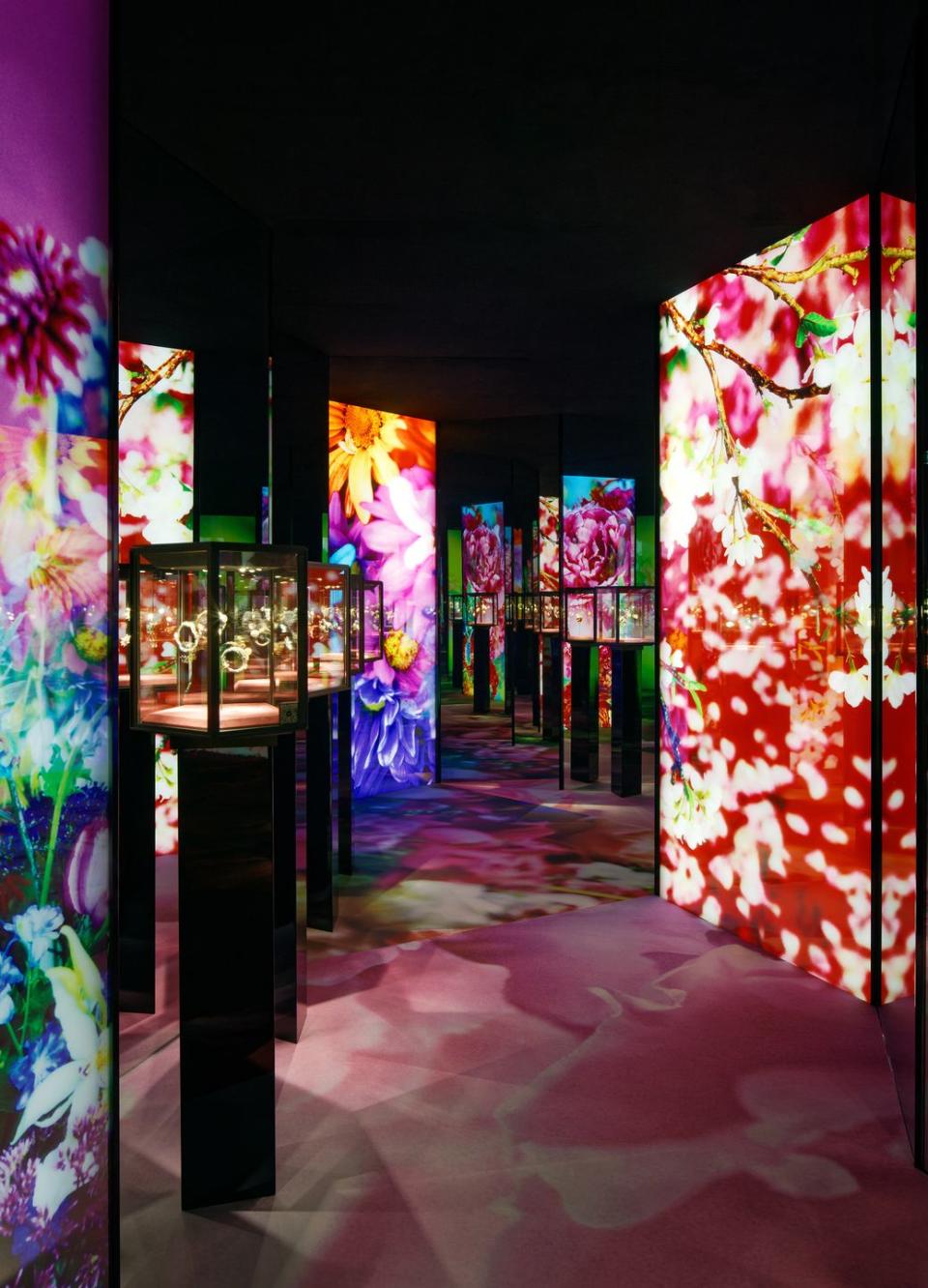
Curated by Japanese photographer and filmmaker Mika Ninagawa, who was given carte blanche, Florae also features her own super-saturated, macro floral images, which commune with a variety of jewels from the house’s Patrimony collection, along with other contemporary designs. The immersive decor was staged by the Japanese-born, Paris-based architect Tsuyoshi Tane.
“This exhibit reinforces an emotion, an experience, and has nothing to do with the commercial value of the jewels,” Bos says. Instead, the public is invited to experience jewelry outside a store and inside a dynamic and poetic conversation with art, culture, and design.

Since it was established in 1906, Van Cleef & Arpels' ethos has been inextricably linked to the natural world, and it is a theme the house been exploring for more than a century. Flowers aren’t purely a form of decoration—they express the spirit of the maison. “Other houses have empowering symbols and codes, but we have a sensitivity to the fragility of nature and romance," Bos says. "Our identity translates well into flowers, nature, and butterflies.”
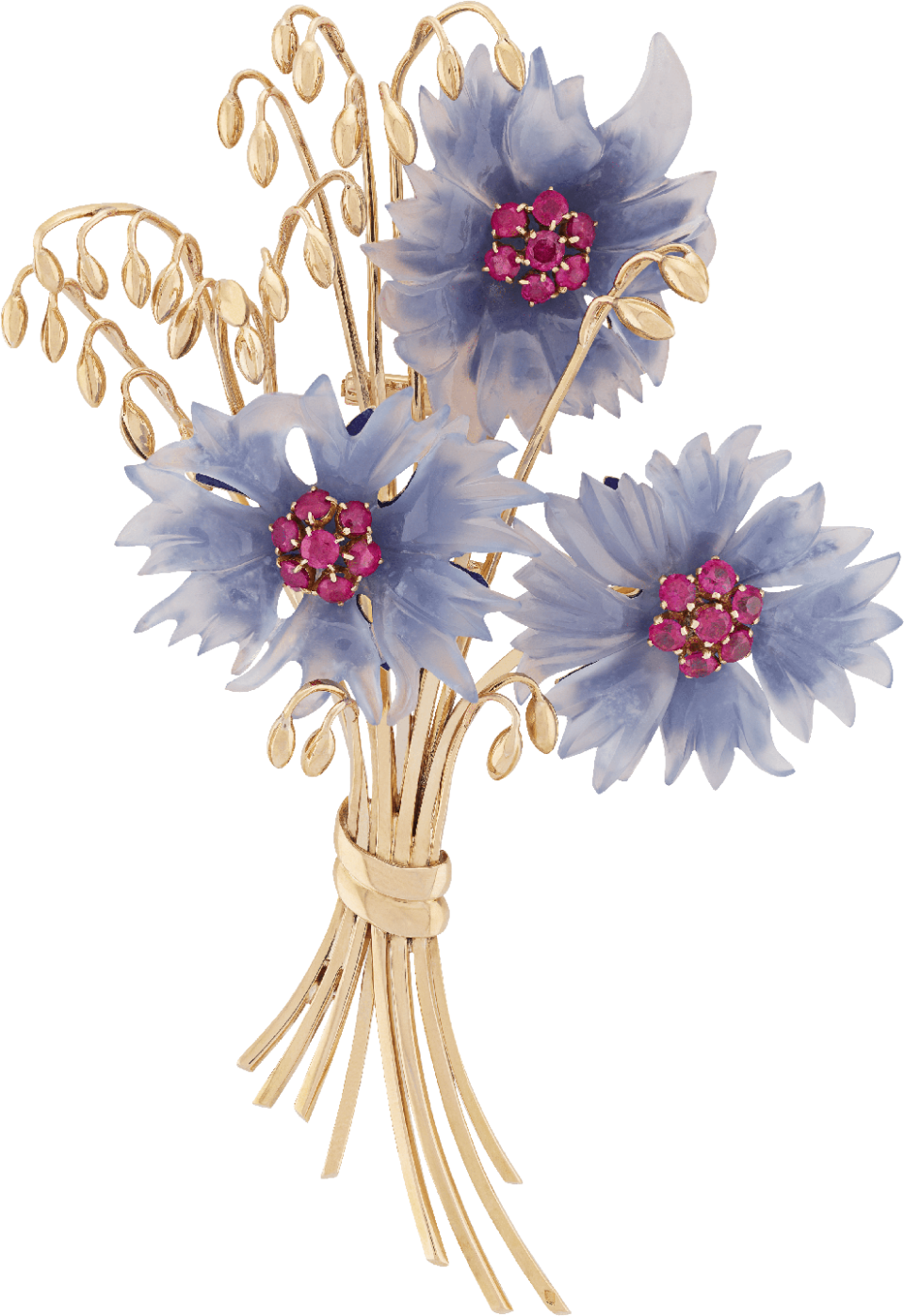
This dedication–or what he calls an “addiction”— to flowers is illustrated in the diversity of artistic techniques, styles, and period pieces in the show. Take, for instance, the supple ruby and diamond rose bracelet, a pivotal design that took the grand prize at the 1925 International Exhibition of Modern and Industrial Decorative Arts and reflects the era’s changing aesthetic in its stylized flower design featuring symmetrical codes, which would become the defining characteristics of the emerging Art Deco movement.
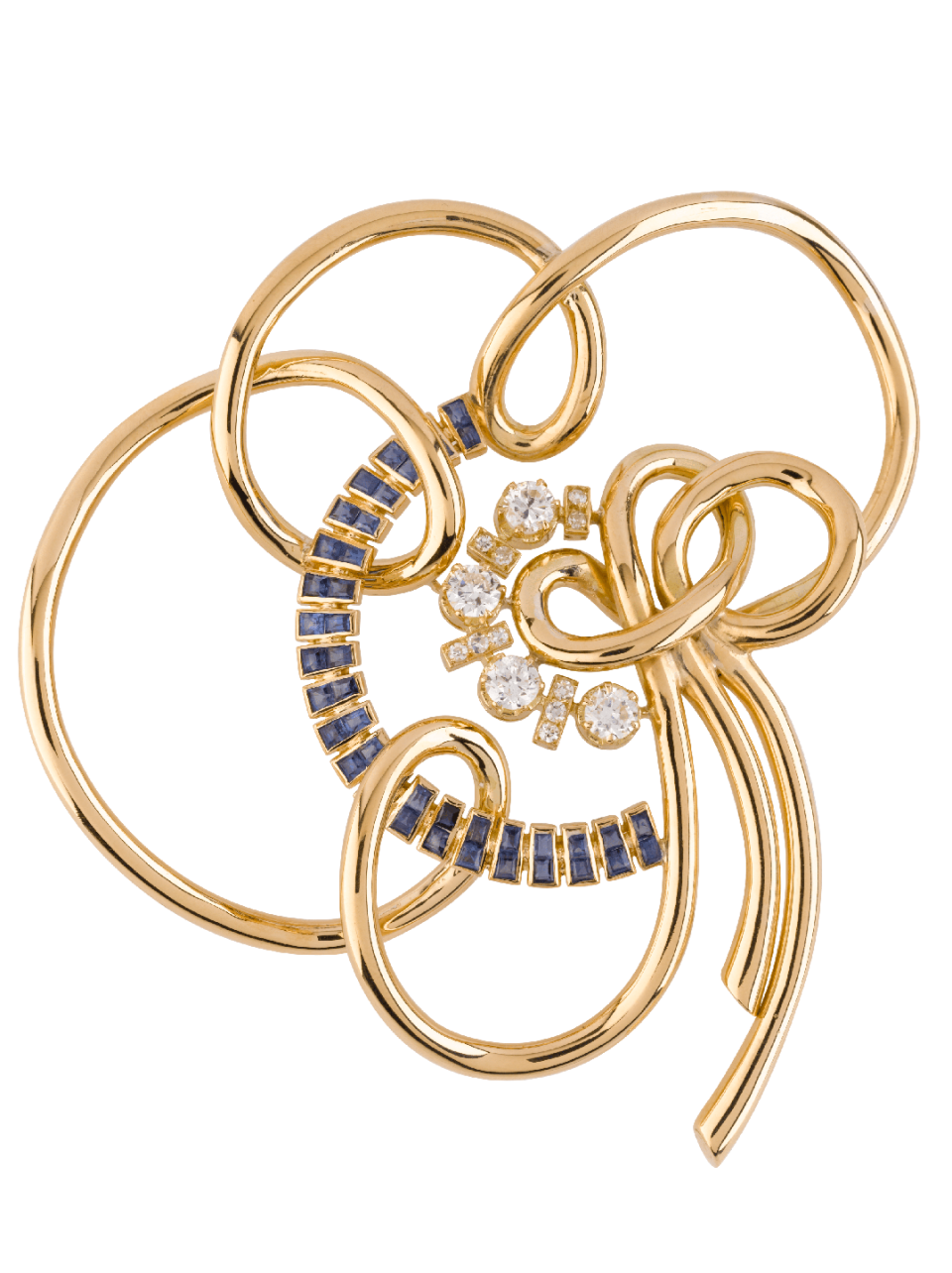
For Ninagawa, her favorite piece is the cornflower brooch, which looks like it is blowing in the wind. “It was created in 1938 but it still touches us and feels alive," she says. The maison's deep connection to couture and art is further illustrated in the 1937 stylized hybrid floral and bow clip which is loosely outlined in what appears to be a gold thread. “During this time Alexander Calder was also creating his mobiles and sculptures in a similar style of metal outlines," says Lise Macdonald, director of patrimony and exhibitions.
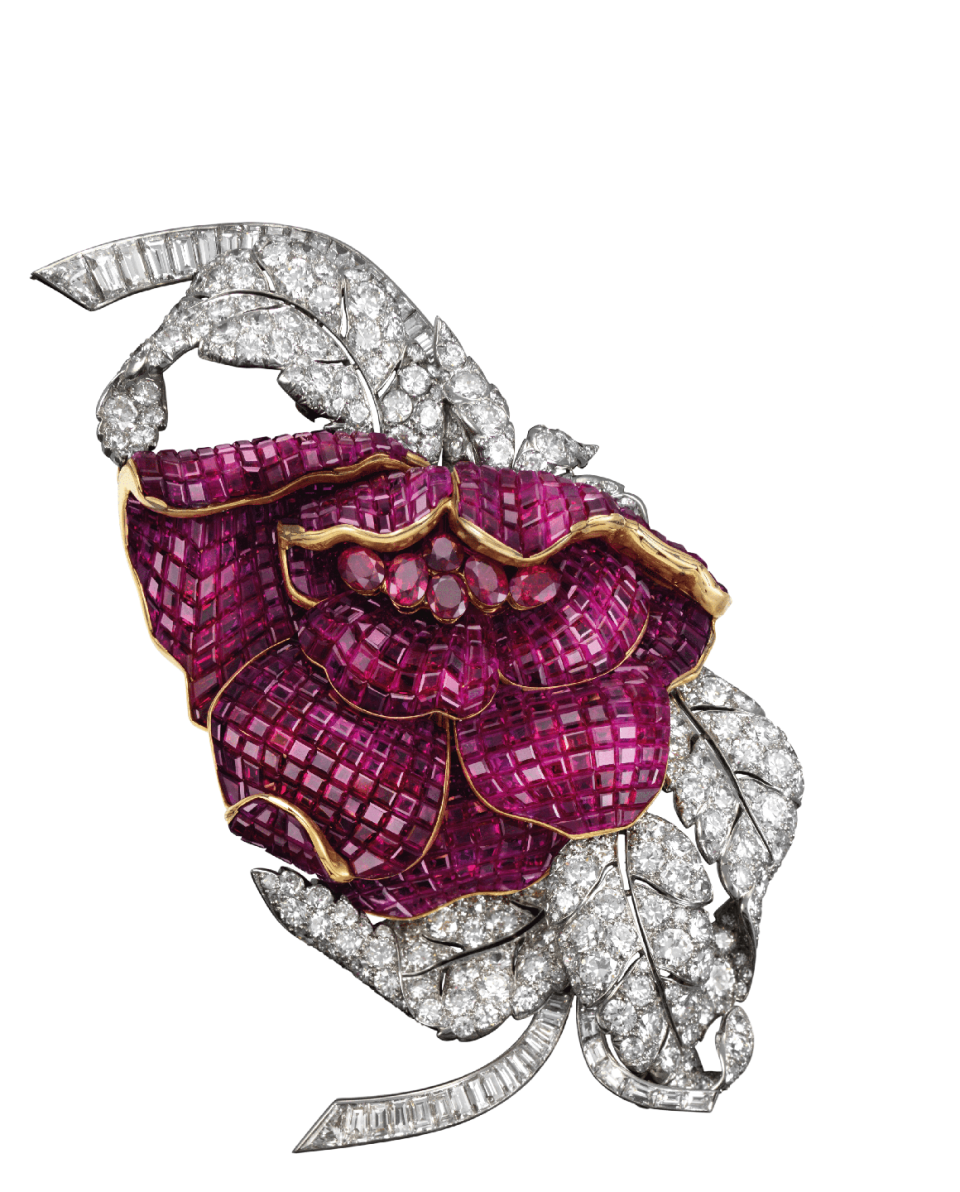
Florae opens with the 1937 Mystery Setting Peony clip, a vibrant large-scale flower with petals composed of 700 Burmese rubies in the house’s pioneering "mystery" setting, a signature technique Van Cleef & Arpels invented in 1933 where the gemstones are set in an invisible grid. The clip was originally commissioned for HRH Princess Faiza of Egypt, daughter of King Fouad and Queen Nazli.
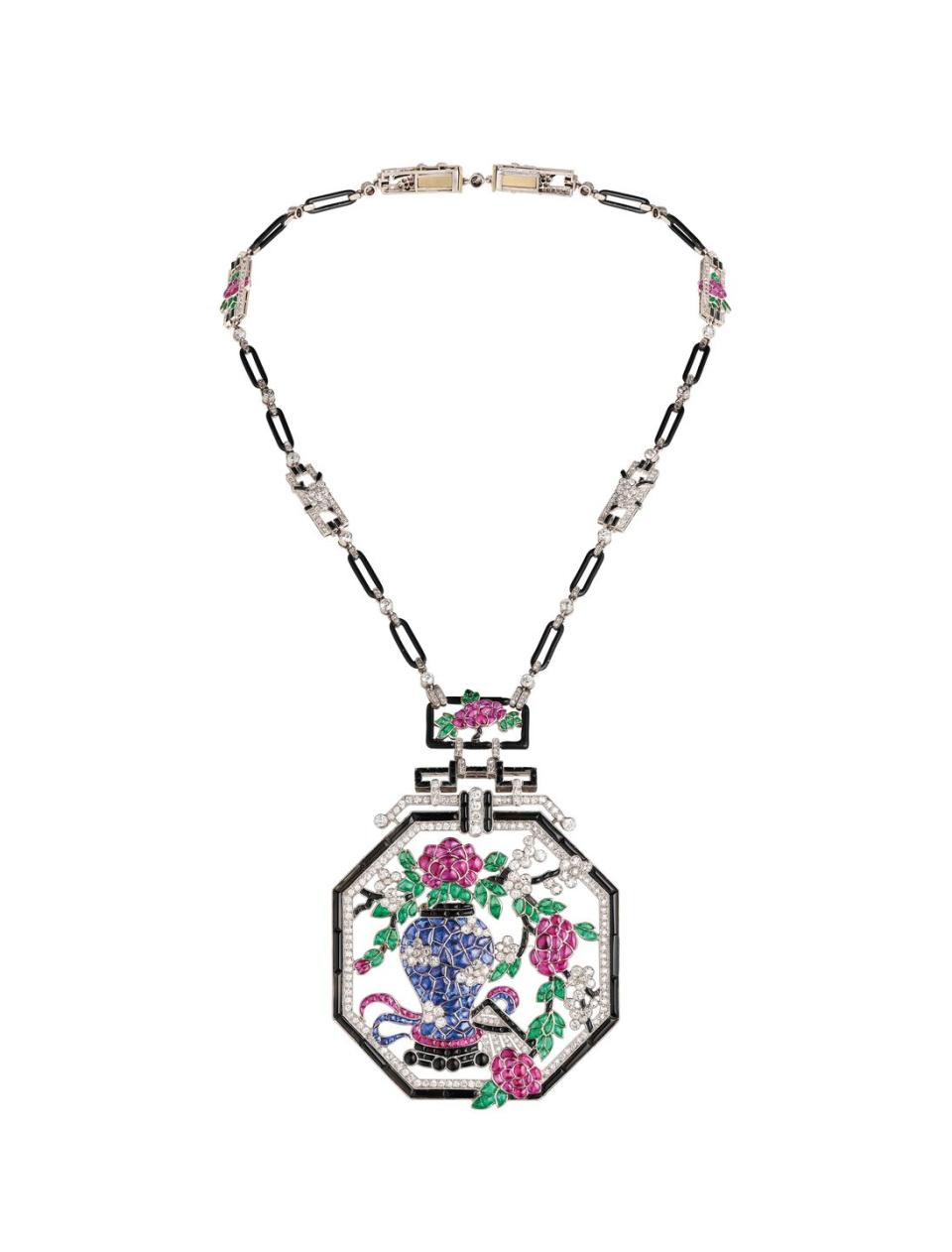
As a member of the maison’s newly reacquired vintage jewels, an Asian-inspired necklace from 1924 is on display in Paris for the first time. “It captures many elements of our creations, including the influence of Asian and French artistic interpretations of flowers,” says MacDonald, who also notes that the delicately detailed vase recalls the blue and white designs of Chinese porcelain, while the floral arrangement references Ikebana compositions.
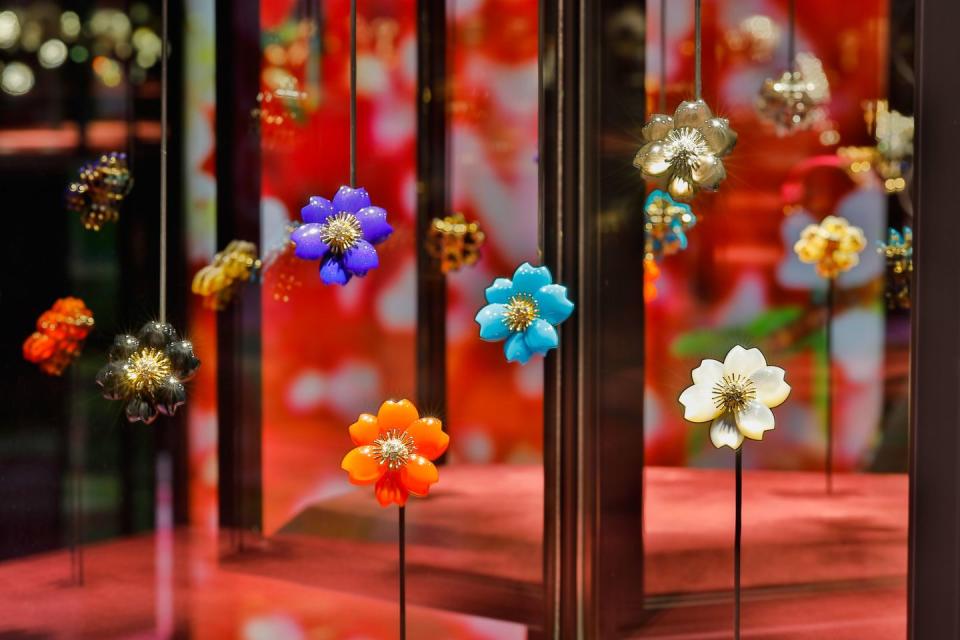
Not all of Van Cleef & Arpels’ flowers are delicate: The bold and brightly colored Rose de Noel florals from 1968 connect to the psychedelic fashions of the Sixties with their brightly colored turquoise, lapis lazuli, and carnelian petals. It is a signature style that continues to evolve today, with the jeweler using the same shape but in new materials, such as wood.
What most distinguishes Van Cleef & Arpels' blooms from those of their peers is a continuous sense of movement–or perceived movement—in pieces like the Dandelion High Jewelry watch, whose spray of diamonds instills a sense that the flower is swaying in the wind. In a garden so rich with colorful, sparkling flowers, MacDonald says the carved chalcedony floral brooch is her favorite. “I love its translucence, the angular aspect of the petals, and the sheaves of wheat on the side that slightly bend," she says. "The only thing lacking is the smell of the flower.”
You Might Also Like

